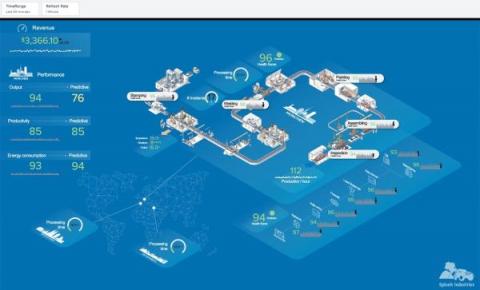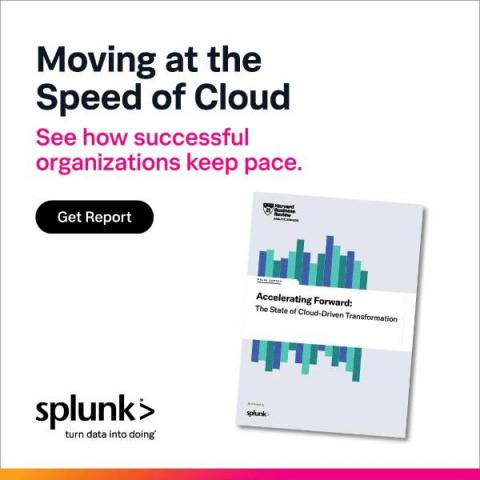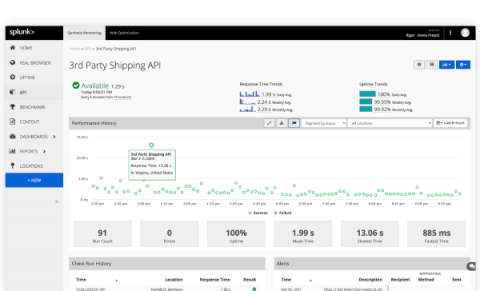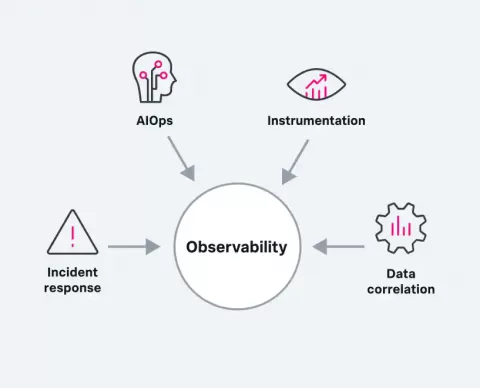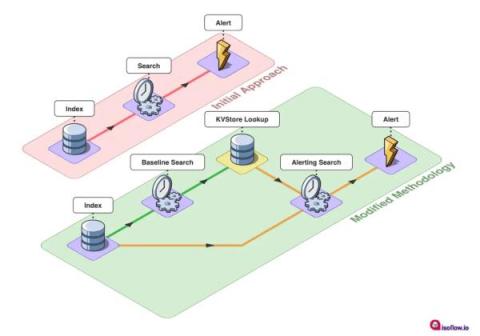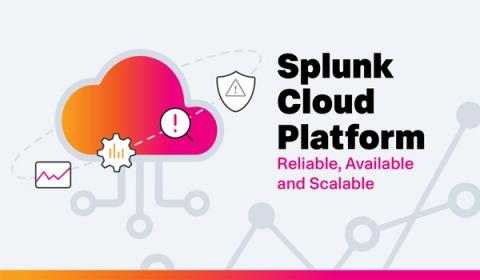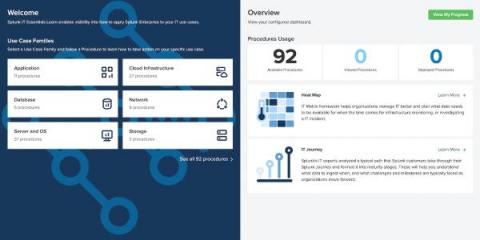IT Service Intelligence (ITSI) Comes to Splunk Mobile and TV
Why should only Dashboard Studio users get all the fun new features on Splunk Mobile and Splunk TV? To spread the cheer this new year, we brought the latest and greatest Mobile and TV features to IT Service Intelligence (ITSI) Glass Tables, so that you can view your ITSI data anywhere at any time!


